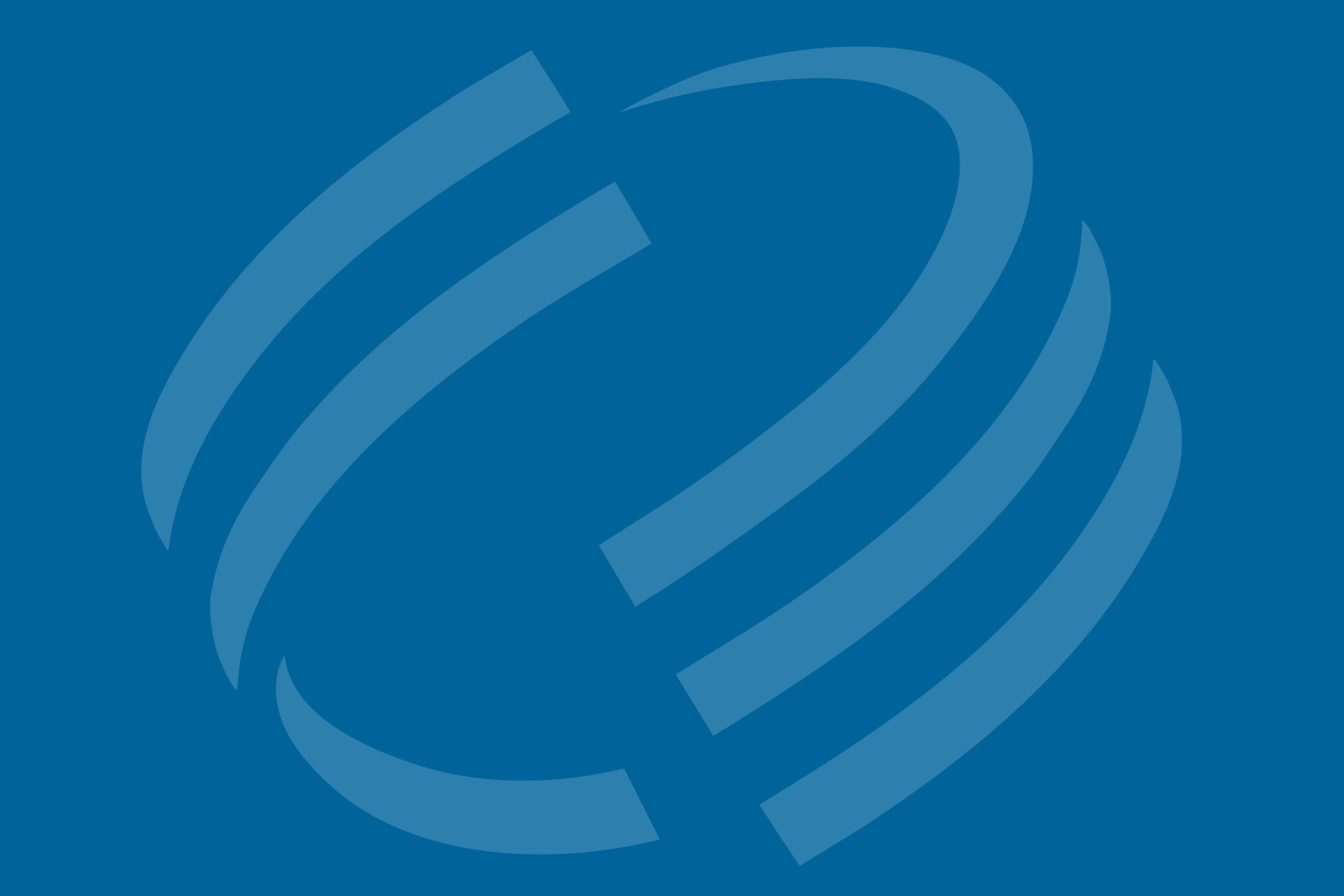Forty out of 50 U.S. states are likely to experience some type of water shortage in the next decade, and 10 percent of people worldwide don’t have access to clean water. But a new report shows that many U.S. and Canadian residents not only don’t think water scarcity is an issue, they also don’t have much incentive to use less water.

While getting consumers to change their water consumption is a struggle, the report notes it can be done with smart messaging. “You must make water conservation feel real, personal, self- and community-affirming and, above all, necessary,” notes the Eco Pulse 2016 Special Report, “All Wet.”
The report discusses the results of a May 2016 online poll examining 2,027 U.S. residents’ and 255 Canadians’ understanding of water issues. Here’s how their knowledge stacked up in three key areas:
- Access to clean water. Only 23 percent of respondents chose the correct answer: that one in 10 people don’t have access to clean water. Twenty-seven percent thought it’s 1 in 100 people; 25 percent opted for 1 in 1,000; 15 percent chose 1 in 10,000; and 10 percent chose 1 in 100,000.
- Water shortages. Only 4 percent of American respondents chose the correct answer: that 40 states will experience some kind of water shortage within the next 10 years. Five percent thought no states would experience shortages, while 70 percent thought it would be 10 to 20 states. Meanwhile, 53 percent of Canadian respondents said two or fewer provinces would have shortages over the next 10 years—even though three provinces had moderate to severe drought in 2016.
- Average daily water use. Only 3 percent of respondents guessed that their household uses the correct amount of water per day (200 gallons or more). Seventy-seven percent thought they used less than 100 gallons.
Everyone should change but me
The report notes that these skewed findings are mainly because 71 percent of the respondents don’t feel water shortages personally, so they have difficulty imagining that others might not be in the same boat.
“Another major factor, no doubt, is a long history of government subsidies that mask the true cost of delivering clean water,” the report notes. Only 13 percent of respondents said their water bill is cheaper than it should be.
One of the report’s most alarming findings is that while 90 percent of people think the “average person” should take concrete steps to reduce his or her environmental impact, only 40 percent think that applies to them.
The good news
Even though they might not be personally affected by water issues, 51 percent of respondents think it’s unethical for Americans to use as much water as they want while other countries have shortages. And 53 percent said it would be fairly easy for them to cut their household water consumption by a third.
But what would it take to nudge them to change? Money. For instance, 38 percent of respondents said that a $50 rebate from their water utility would be the most convincing reason for them to install a water-efficient showerhead. And 45 percent said they’d turn off the water while brushing their teeth if their water prices went up.
Government water conservation mandates had substantially less influence, as did community-driven water-reduction challenges.
“Even though consumers showed some prosocial sentiment when asked basic questions about water use, when it came to messaging that personally moved them, individual benefits trumped altruism,” the report concludes. “The top three messages reflected, in order, are urgency/scarcity, an appeal to self-esteem (smarts) and a savings message.”
Enhance your water conservation efforts with our free Municipality Water Conservation Education Packet. Download the packet now.





